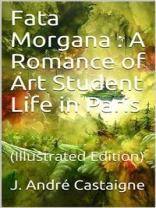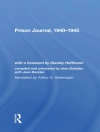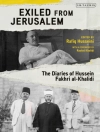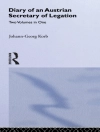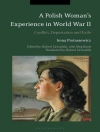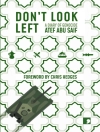The author’s transatlantic experiences primed him for insightful commentary about the prevalent American art practice of study in Paris. The French painter was familiar with the American artist community in Paris by teaching at the Académie Colarossi in the 1890s, and he participated in an American Art Association of Paris exhibition in 1898. After his own academic training in Paris with Jean-Léon Gérôme (1824–1904) and Alexandre Cabanel (1823–1889), Castaigne taught painting in Baltimore in the 1890s. He forged a career in the American art world by submitting paintings to the National Academy of Design and the Pennsylvania Academy of the Fine Arts. He also produced illustrations for American journal articles and books. These interactions inspired Castaigne to write his novel, which is both a celebratory and a mocking account of American art practice in France at the fin de siècle with its simultaneously endearing and troubling protagonist.
In the novel, Castaigne’s illustrations depict Phil “playing Indian” three times, and these images reveal the conflicted perceptions of American culture in the foreign capital. In addition to the frontispiece, where Phil appears twice and to which I will return, at the beginning of the novel, the reader is introduced to the character as he returns from the Bal des Quat’z’Arts in the morning, puttering around his studio in the feathered war bonnet and leather skin clothing of his costume (fig. 3). Significantly, Castaigne establishes his main character by pandering to international expectations of Americanness by means of the figure of the American Indian.
Castaigne’s painting and the illustration made from it are truly transnational objects. In a French public collection, but reproduced and printed in an English-language volume and published in New York, its iconography imagines Franco-American cultural and artistic exchange within the impossible dream of an American art student in Paris. Castaigne’s mocking portrayal of his non-Native American artist as an American Indian and debasing of his protagonist reveals a fictional version of what was a common practice of white American artists “playing Indian” in Paris. These performances paralleled frequent jokes and insults from French artists and critics in the ateliers who linked non-Native American artists with Native Americans to belittle their work as they increasingly competed for French and American art markets. This analysis is part of a chapter in my book project on the American West in France in the late nineteenth and early twentieth centuries, entitled “Transnational Frontiers: The Visual Culture of the American West in the French Imagination, 1867–1914, ” that considers the vicissitudes of “playing Indian” in late nineteenth-century France, and how different images of this act resonated within specific French and Franco-American contexts.
J. André Castaigne
Fata Morgana / A Romance of Art Student Life in Paris [PDF ebook]
(Illustrated Edition)
Fata Morgana / A Romance of Art Student Life in Paris [PDF ebook]
(Illustrated Edition)
Купите эту электронную книгу и получите еще одну БЕСПЛАТНО!
язык английский ● Формат PDF ● ISBN 9788832540543 ● Размер файла 5.9 MB ● издатель iOnlineShopping.com ● опубликованный 2019 ● Загружаемые 24 месяцы ● валюта EUR ● Код товара 6932150 ● Защита от копирования без
